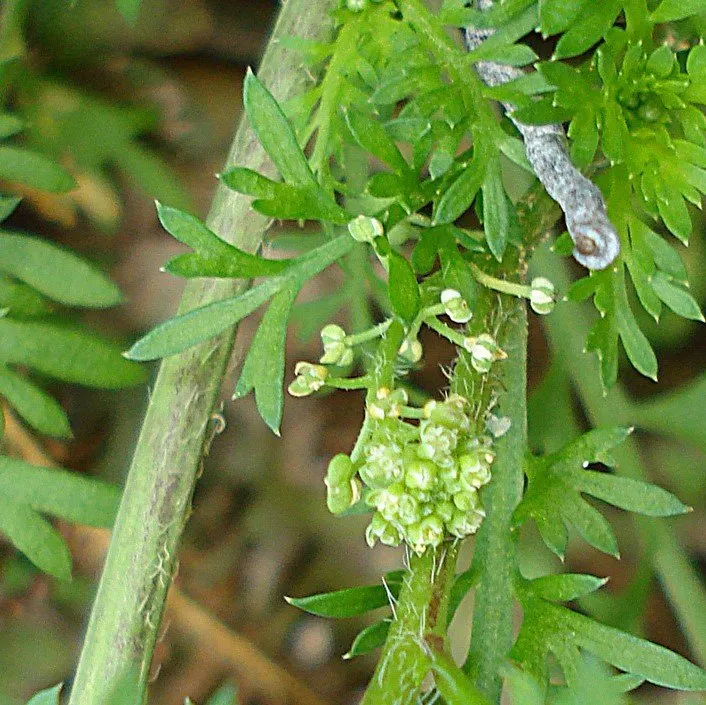Twin Cress
Home / Weed Guide / Twin Cress

Twin Cress
Twin Cress begins life as a prostate rosette, with its growing point remaining at ground level and leaves radiating out from this point. A distinctive characteristic of Twin Cress is that there tends to be more lobes on one side of a leaflet than the other, they are not symmetrical.
Stems shoot out as the plant matures, which can form mats across the ground if left, and leaving it often confused with Wireweed.
Twin Cress has very small, insignificant flowers, then produces characteristic double pods (hence the name Twin Cress), which are small but are very useful for confirming whether a weed is Twin Cress.
Control
Twin Cress cannot establish in turf that is dense and is often only a problem in new turf. Bromoxynil, ioxynil and mecoprop mixtures will provide control as will 2,4-D and dicamba although this should be used on new turf. Mecoprop, dichlorprop and MCPA mixtures will provide control at the three-leaf stage of new turf.
Find out more about Twin Cress